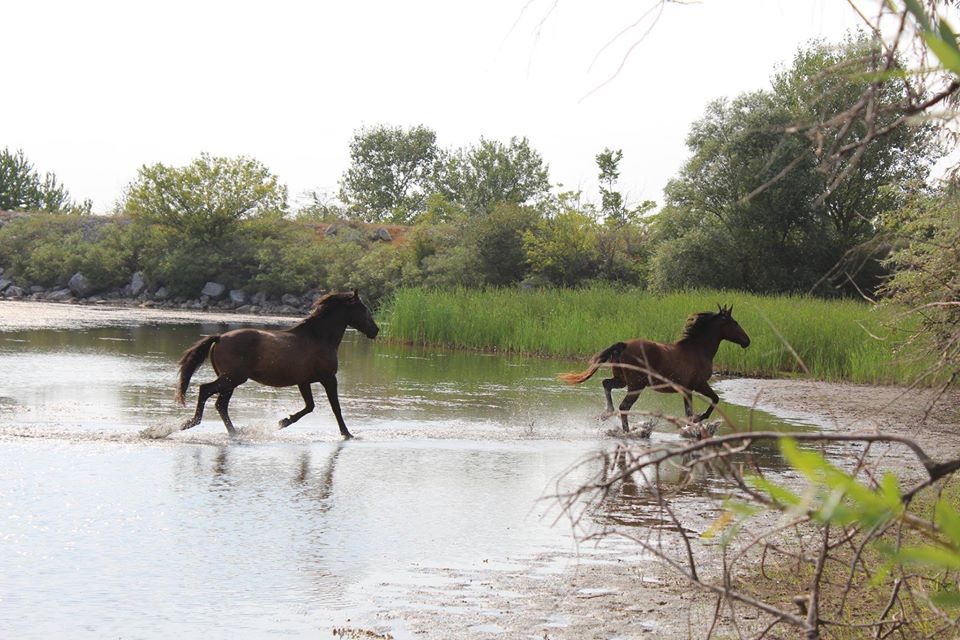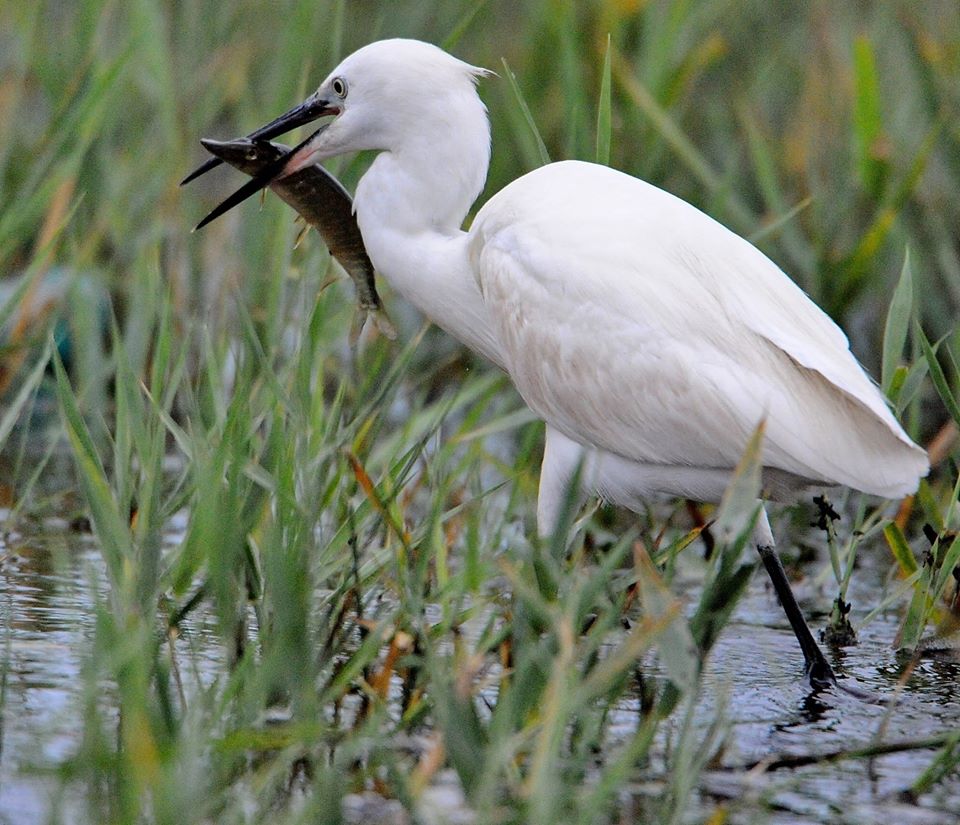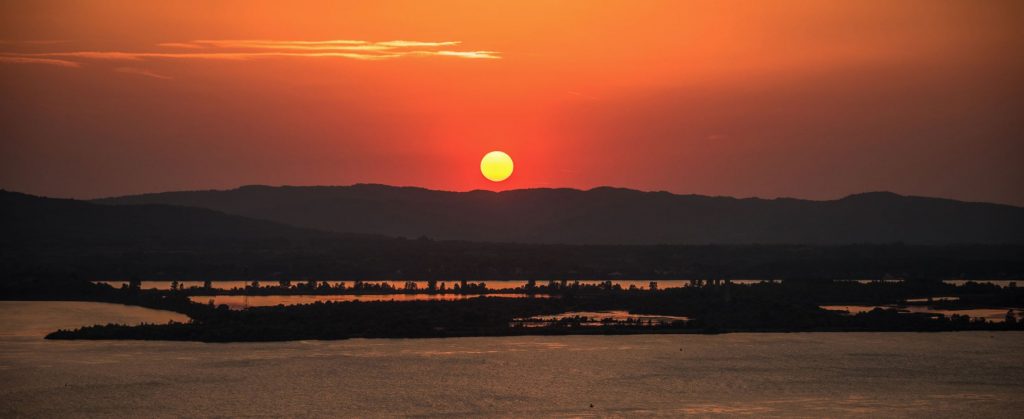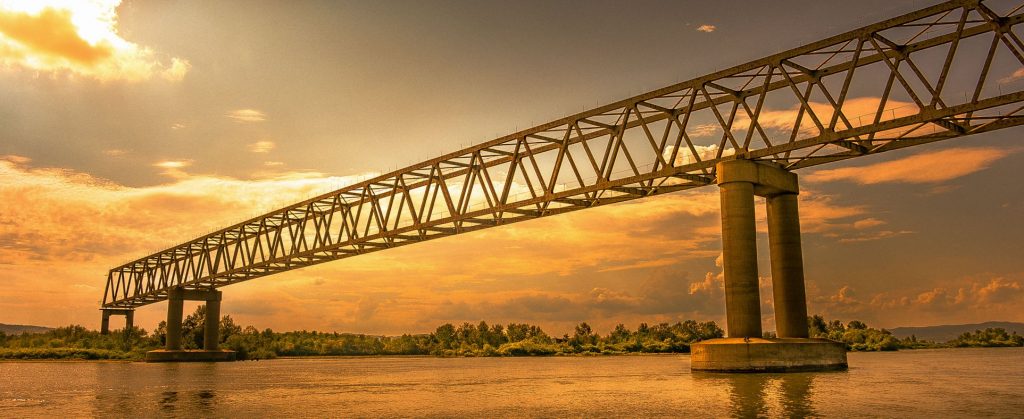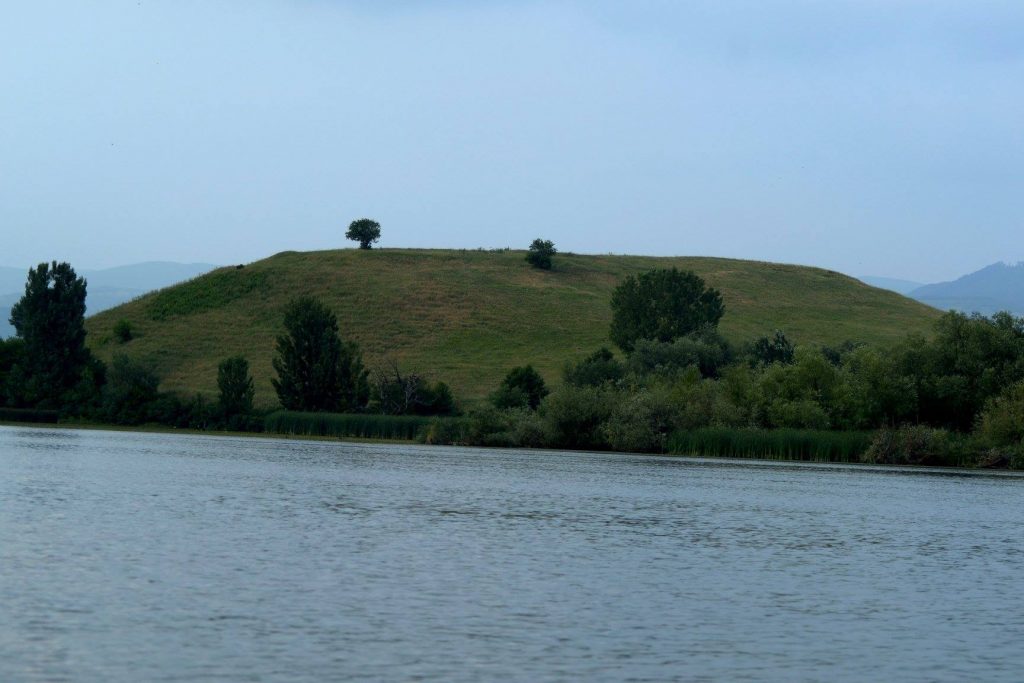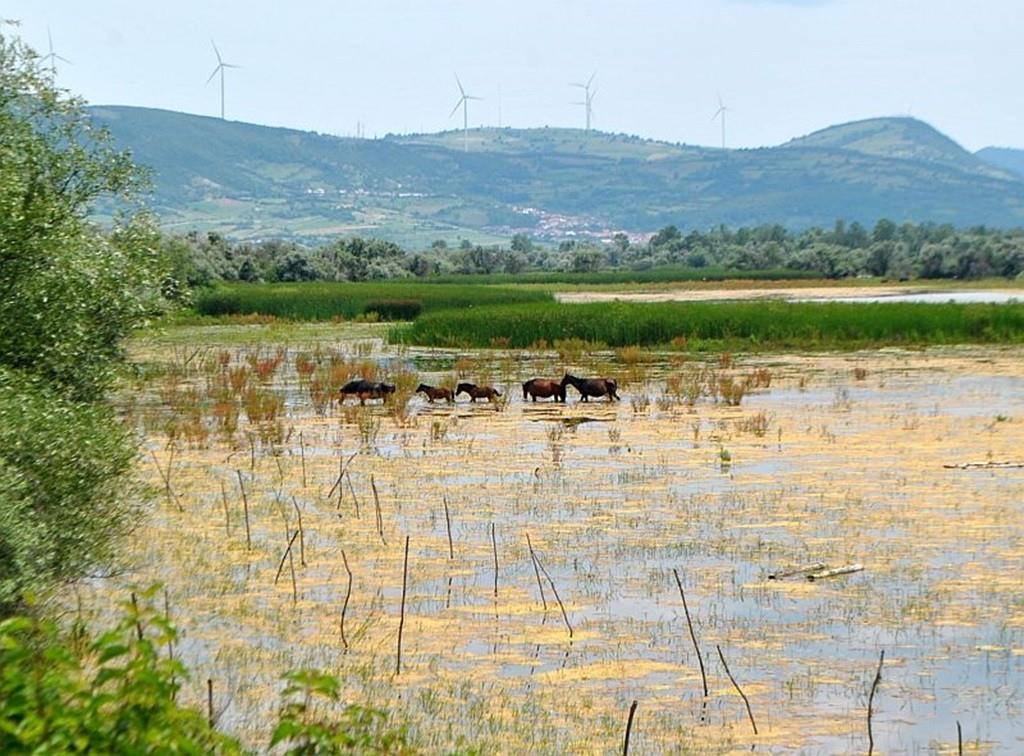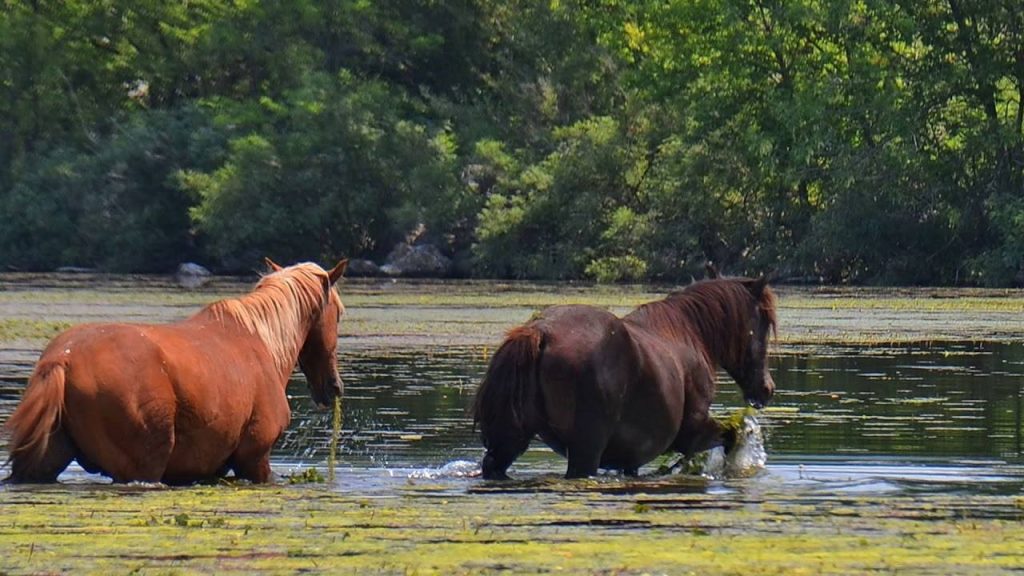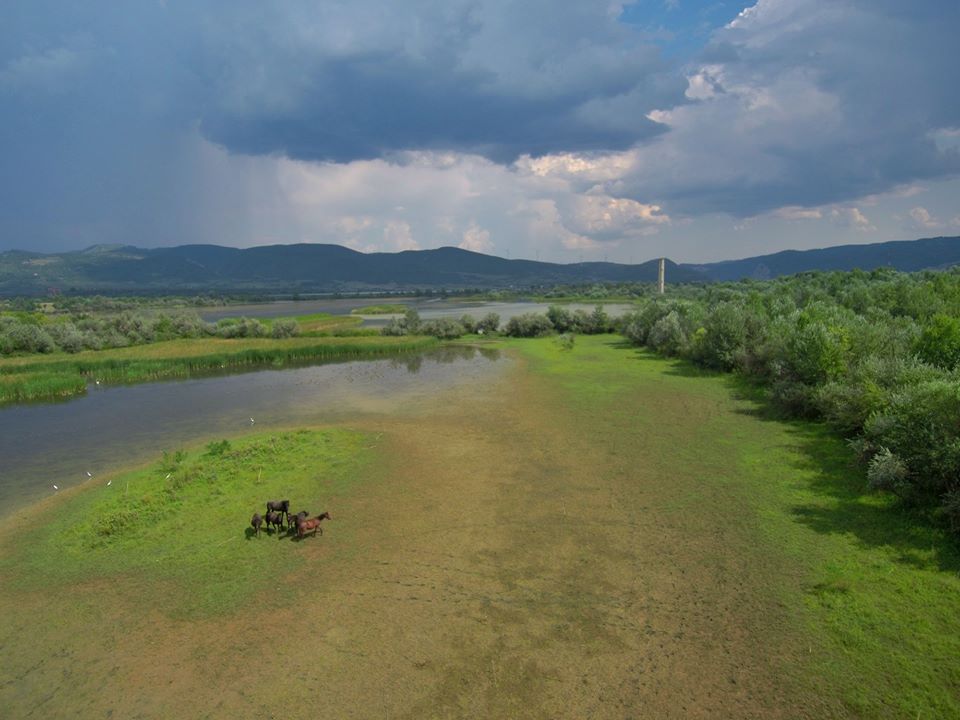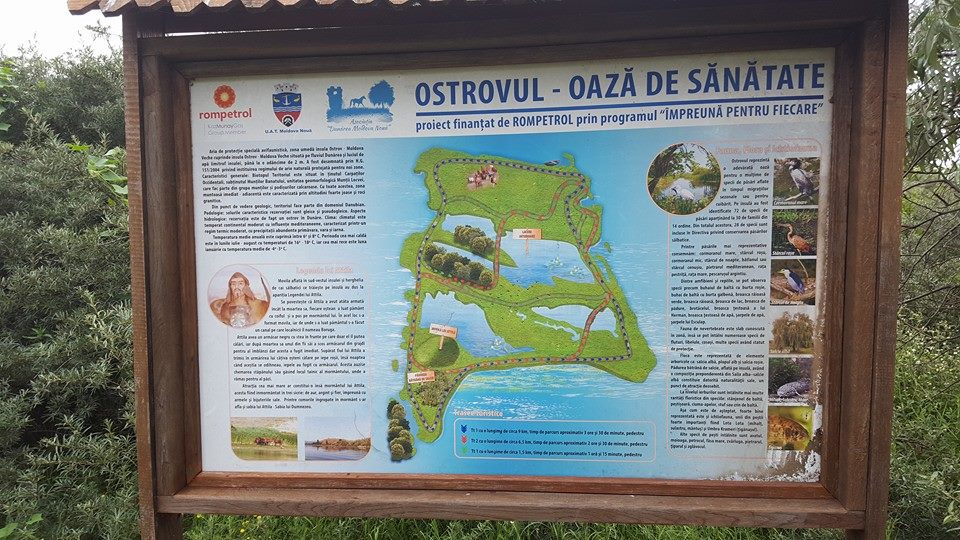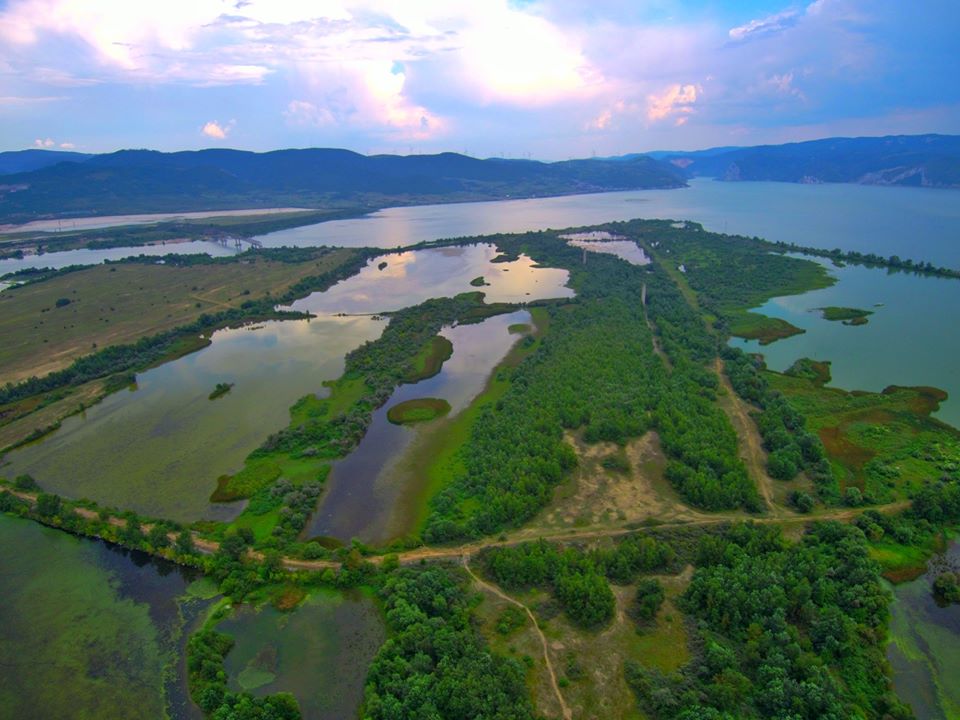Special bird protection area Ostrovul Moldova Veche 01Aria is placed in the European biogeographical region, according to European standards. Category and type of protected area: special bird protection area, Category IV IUCN.
Accessibility: Orşova- Moldova Noua-Pojejena-Baziaş – DN57 to Moldova Veche.
Types of habitats: wetland habitats Area: 1627.0 hectares.
Limits: area is located on the territory of the town Moldova Noua, Caras-Severin.
The Special Protection Area, wetland island
Ostrov – Moldova Veche, contains the island Ostrov – Moldova Veche – located on the Danube River – and the waters around the island, to a depth of 2 m.
It was designated by GD 2151/2004 regarding natural protected area regime for new areas.
Features: biotope – the territory is located in the Western Carpathian Mountains, subarea of the Banat Mountains, geomorphological unit Locvei Mountains , belonging to the group of limestone mountains and plateaus. However, the immediately adjacent mountainous area is characterized by very low altitudes and granitic rocks. From a geological point of view, it belongs to the Danubian territory.
Soil: Soil characteristics – gleyic and pseudopgleic.
Hydrological aspects: the Natural Reserve is actually an island in the Danube.
Climate: The climate is temperate continental with mild Mediterranean influence, characterized by a moderate temperature regime, with heavy rainfall in spring, summer and winter. The average annual temperature is between 6º and 8º C. warmest period is during the months from July to August with temperatures of 16º – 18º C, while the coldest is January with average temperature of -4º -3º C.
Biocenosis: vegetation – the reserve is located in the European biogeographical region at the confluence of the river Nera with the Danube, characterized by hydrophilic vegetation, found usually in the wetland.
The habitats of Community interest in the area, described by specialists (Boşcaiu N., S. Matache etc.) are: 3130 stagnant waters, oligotrophic to mesotrophic, with Littorelletea uniflorae and / or isoeto-Nanoiuncetea vegetation ; 3140 oligomezotrophic waters, with benthic vegetation of Chara spp. 3150 natural eutrophic lakes with vegetation of type Magnopotamion or Hydrocharition old willow forest, located on the island with a predominant composition of Salix alba – White Willow – is also, due to its naturality, a special attraction.
Flora – is represented by small tree types, as Salix alba, Populus alba, Salix purpurea and herbaceous as Salvinia natans, Elodea canadensis, Phragmites australis, Butomus umbellatus, Iris pseudacorus etc.
Fauna – Ostrovul is an oasis for many species of birds in nesting time or seasonal migrations. The invertebrate fauna is poorly known in the area, but you may encounter many species of butterflies, dragonflies, grasshoppers, species with protected status. As expected, very well represented is the ichtiofauna, one of the important elements being TIGANASI – Umbra krameri.
Also, you can find here the avat – Aspius aspius, moioaga – Barbus meridionalis, Petroc – Gobio Kessler, fâsa – Cobitis elongata, the grig – Cobitis taenia, the stonemason – Zingel Zingel, the eel – Misgurnus fossilis, zglăvoc – Cottus gobio. Species of amphibians and reptiles seen here: Bombina bombina (Eurasian Bittern belly red), Bombina variegata (Eurasian Bittern yellow-bellied), Bufo viridis (green toad) Bufo bufo (toad), Rana ridibunda ( Frog lake), Rana dalmatina (Brasca forest), Hyla arborea (tree frog), Testudo hermanni beottgeri (tortoise Herman), Emys orbicularis (water turtle), Natrix tessellata (water snake), Elaphe longissima ( Aesculapian snake), etc.
On the island there were identified 72 bird species, belonging to 30 families of 14 orders. Of these, 28 species are included in the Directive on conservation of wild birds, among which may be cited the Phalacrocorax pygmaeus, Phalacrocorax carbo sinensis, Ardea purpurea, Nycticorax nycticorax, Egretta garzetta, Oenanthe hispanica, Anas strepera Anas platyrhynchos, Larus argentatus etc. Among the rare species of fish: Lota lota and Umbra krameri.
Allowed activities: according to the Management Plan, under the provisions of GEO 57/2007, according to internal zoning of the park, the area is under full protection, which includes the most valuable assets within the natural heritage of natural protected areas.
The activities allowed are as follows:
– Scientific and educational; – Ecotourism activities, that do not require construction or investment; – Rational use of pastures for mowing and/or grazing only with domestic animals owned by community members who have pastures or holding the right to use them in any way recognized by law; – Various actions and interventions for removal/prevention/control of certain factors hazardous to natural habitats and species of flora and fauna present.
Prohibited activities: – any form of exploitation or use of natural resources and all forms of land use incompatible with the purpose of protection and/or conservation; – Construction-investment activities, excepting those for protected area management and/or scientific research or those initiated to ensure national security or the prevention of natural disasters.
